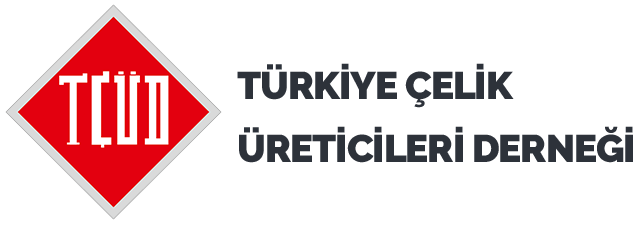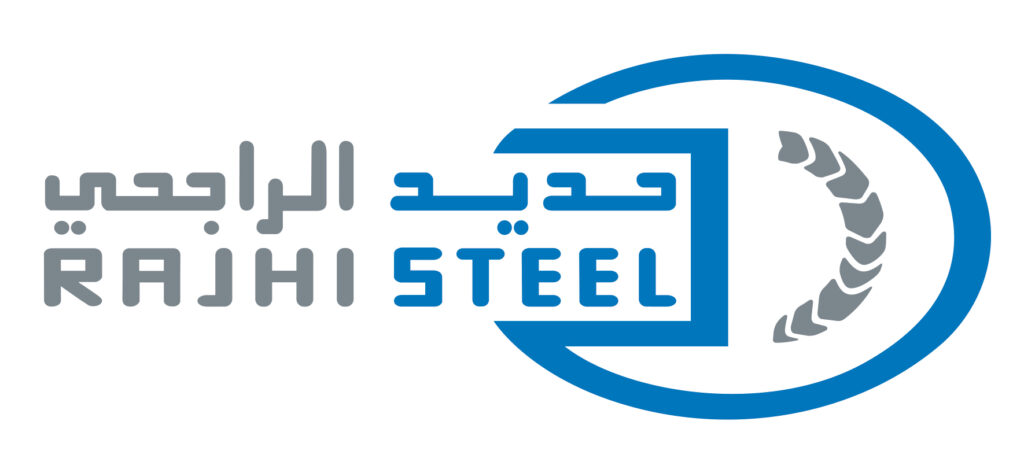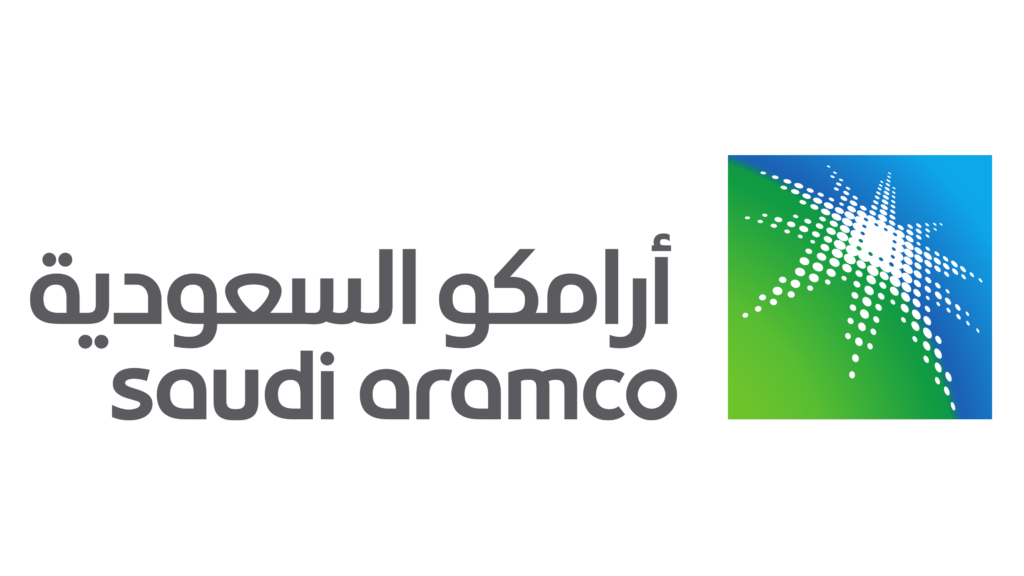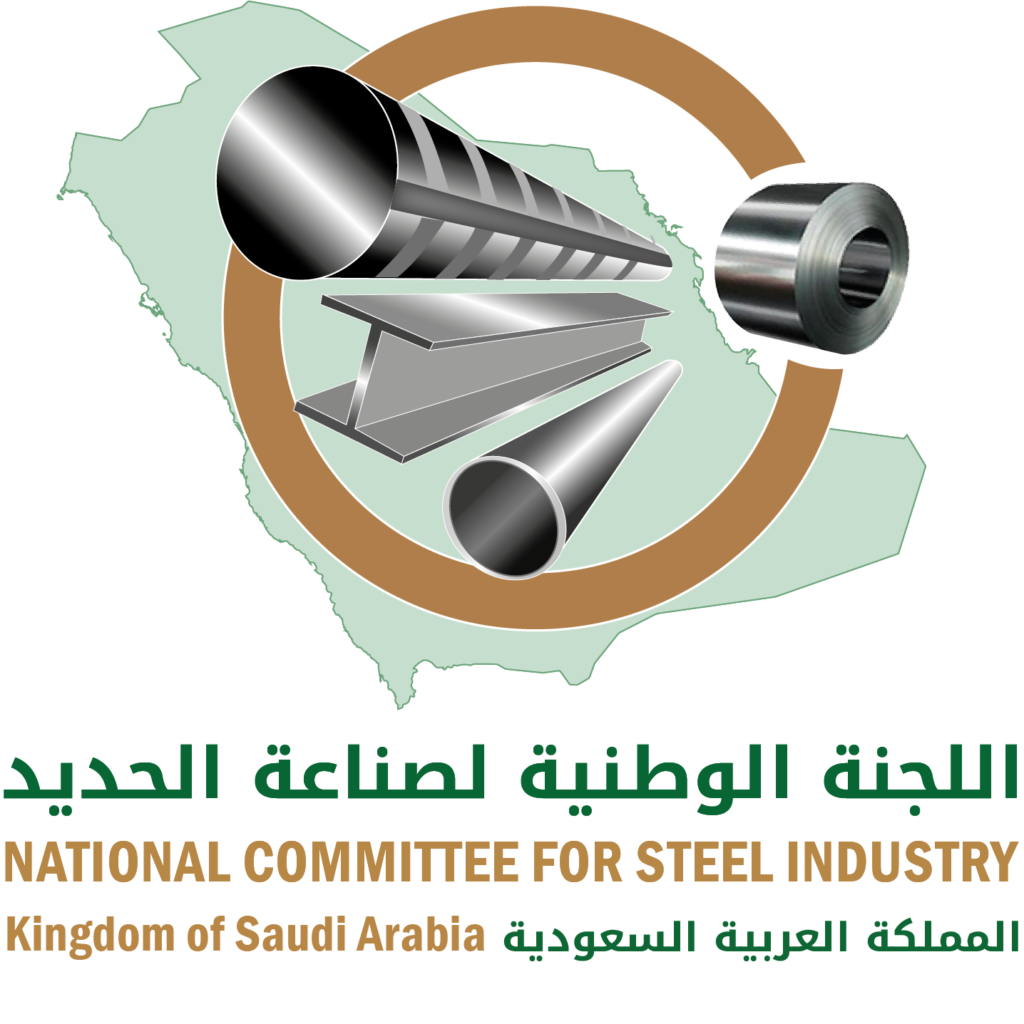Blog
Session (3): Global Steel Market Game-Changers
A series of global, game-changing events has hit the world steel market in recent years. The initial impact of the Covid-19 pandemic hit the global economy arguably harder than the 2008-09 financial crisis, compounding the existing pre-pandemic drag on growth stemming from the global manufacturing downturn and rising trade barriers. Steel demand, however, rebounded ferociously towards the end of 2020 and in the first half of 2021, with supply unable to keep up in many cases. Even after supply and demand rebalanced, supply chains remained disrupted as a longer-term consequence of the pandemic. The automotive industry, a major steel consuming sector, has underproduced millions of vehicles globally as a result of semiconductor shortages, despite robust demand for automobiles. Surging Chinese demand growth throughout 2020 and the first half of 2021 slowed considerably in the second half, with concerns arising over future Chinese economic growth and potential sizeable steel surplus in 2022. These have since been allayed by the Chinese government’s announcement of continued infrastructure spending in 2022. However, a renewed Covid outbreak in China amid its zero-Covid policy could spell economic disruption for an unknown period of time. Weakening demand in China has seen the country return in force to the export market, shipping both HRC and slab westwards. India, having taken second spot among the world’s largest producing nations, is eyeing its own large-scale government stimulus that is expected to boost steel consumption. It has also become a major player on the export market. Besides Covid, the outbreak of war in Ukraine and consequent sanctions against Russia have taken huge tonnages of raw materials and steel out of the global market, leading to fears of shortages in some regions, pushing up global ferrous prices and drastically changing long-established trade patterns almost overnight. This has also caused prices of oil and gas to skyrocket, exacerbating already growing inflation and demand for resources, and further lifting costs of steelmaking inputs such as energy, magnesium and electrodes. What are the long-term consequences for global ferrous trade? Are we entering a new era of protracted inflationary pressure? The earlier trade disrupter, Section 232, is taking on a different form after the US signed trade pacts with the EU, Japan and UK. There has been criticism that this move has created a “rich nations’ trade club” to the detriment of other countries. What long-term impact will this have on global trade? In the meantime, the pre-pandemic global steel industry issues of overcapacity, protectionism and environmental impact have not gone away, and have in fact been brought more into focus by the crisis. How has the global steel industry’s stance on these issues changed amid the pandemic? What will the sector look like once Covid-19 is brought under control? Which countries and end-use sectors will lead the recovery? How will the hydrogen revolution change the face of the global steel industry? Will the increased use of ferrous scrap to reduce carbon emissions result in long-term shortages of the steelmaking feedstock? The surge in fossil fuel prices is seen accelerating the energy transition to renewables, but will it hamper or hinder the move towards low-carbon steelmaking technology? What have steel players learnt from the pandemic experience? In this session, top steel industry executives will aim to answer all these questions and debate in detail what future the steel industry can expect post-Covid-19.
Key Themes:
- Maintaining business continuity amid interrupted supply and financial chains
- Progress on tackling global overcapacity – remaining challenges
- Evolution of global steel trade tariffs and their impact on the Middle East’s steel industry
- What is being done to tackle market-distorting steel industry subsidies in some countries
- The impact of China’s reduced economic stimulus and slower growth
- India’s National Steel Policy progress
- US steel industry direction on the global steel industry and demand map
- Impact of US deals with EU, Japan and UK on trading patterns
- Soaring input costs/shortages – energy, magnesium, electrodes, semiconductors
- Hydrogen revolution meaning for steel industry
- Outlook for scrap shortages, price disconnect from other raw materials
- Stimulus measures impact on global steel and how long will it last?
- Freight costs and vessel shortages impact on steel trade
- G20 measures taken to safeguard global economic growth, especially amid Covid-19
- Impact of Ukraine war on global ferrous trading patterns
(Order according to alphabetical sequence)

Alok Sahay
Secretary General


Edwin Basson
Director General


Frank Bekaert
Senior Partner - McKinsey
Benelux Office


Veysel Yayan
Secretary General


Zhijun Ni
President - BAOSTEEL Europe GmbH – Germany

MODERATOR

Adam Smith
Editor in Chief















